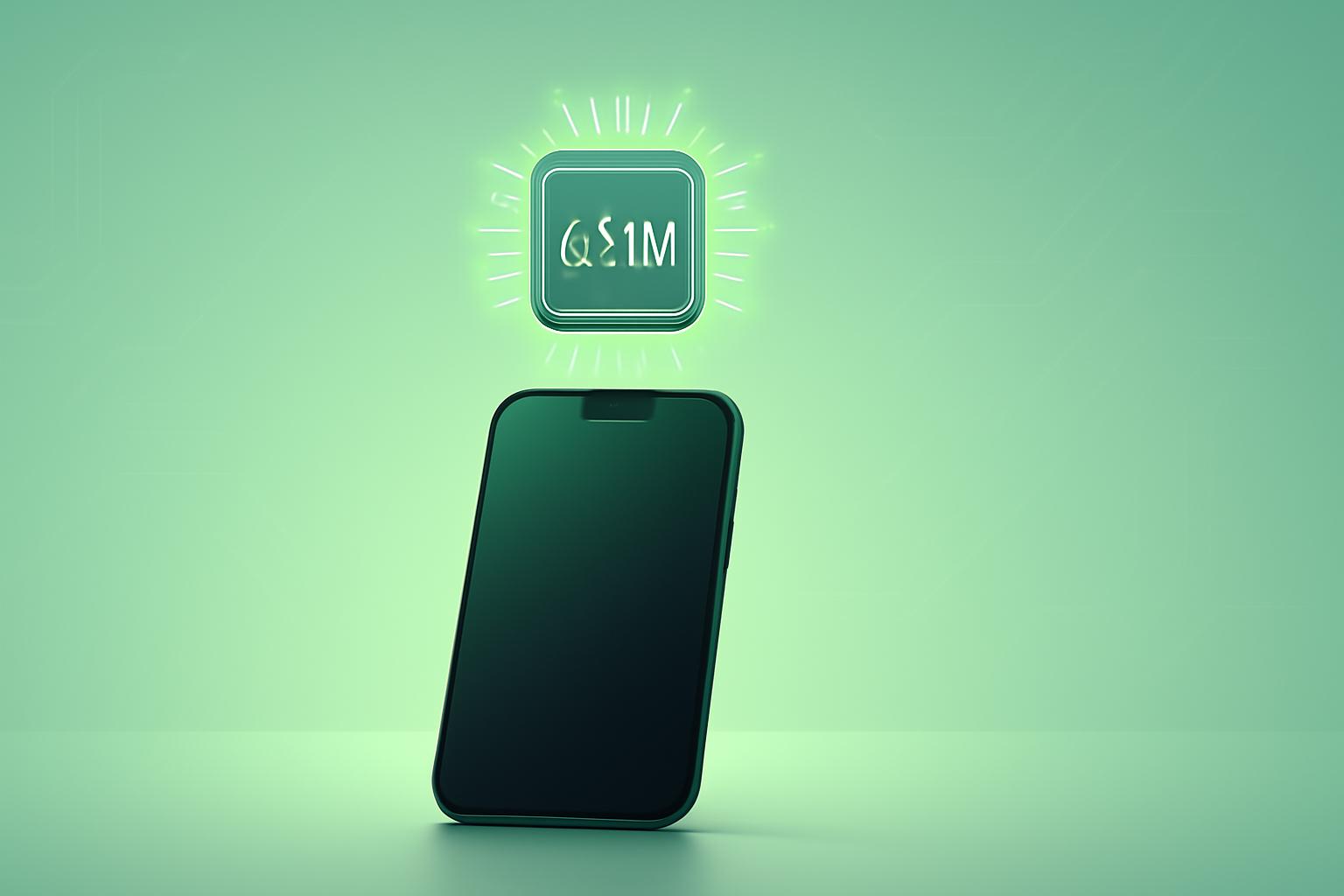Apple Launches iPhone 17 Air with Exclusive Global eSIM Support
At its annual hardware event on Tuesday, Apple announced the iPhone 17 Air, a notably thin smartphone measuring just 5.5 millimeters in thickness. A significant design change is the removal of the physical SIM card tray, as the device will rely solely on embedded SIM (eSIM) technology worldwide.
This move extends Apple’s initial U.S.-only eSIM adoption from 2022 to all international markets. By eliminating the physical SIM slot, Apple has reclaimed internal space to accommodate advanced components within the slim chassis.
Advantages of eSIM Technology
During the keynote, Apple emphasized the benefits of eSIM over traditional plastic SIM cards. The company stated that eSIM offers enhanced security features, greater convenience for users, and improved flexibility for international travel. Apple described eSIM as an industry-standard advancement that supersedes decades-old SIM card technology.
Industry observers note that the shift to eSIM aligns with broader trends in mobile device design, supporting streamlined hardware and modern connectivity solutions.
Implications for Consumers and Carriers
The global eSIM-only approach may affect how users switch carriers or manage multiple lines, as eSIM activation processes differ from physical SIM swaps. While many carriers support eSIM, adoption rates vary regionally, which may present transitional challenges for some users.
Apple’s move signals confidence that the ecosystem is ready for full eSIM deployment, potentially accelerating adoption among carriers and manufacturers.
Ivan Mehta, a technology journalist based in India, reported on this development for TechCrunch. He can be contacted via email at im@ivanmehta.com or through Signal at ivan.42.
FinOracleAI — Market View
Apple’s decision to make the iPhone 17 Air exclusively eSIM globally reflects a strategic push toward modernizing device connectivity and optimizing hardware design. This innovation enhances device security and streamlines manufacturing but may pose short-term adoption hurdles in markets with limited eSIM carrier support.
Investors should monitor carrier readiness and consumer response, as these factors will influence the pace of eSIM adoption and potential sales impact. If successful, this move could further cement Apple’s technological leadership in the smartphone market.
Impact: positive













